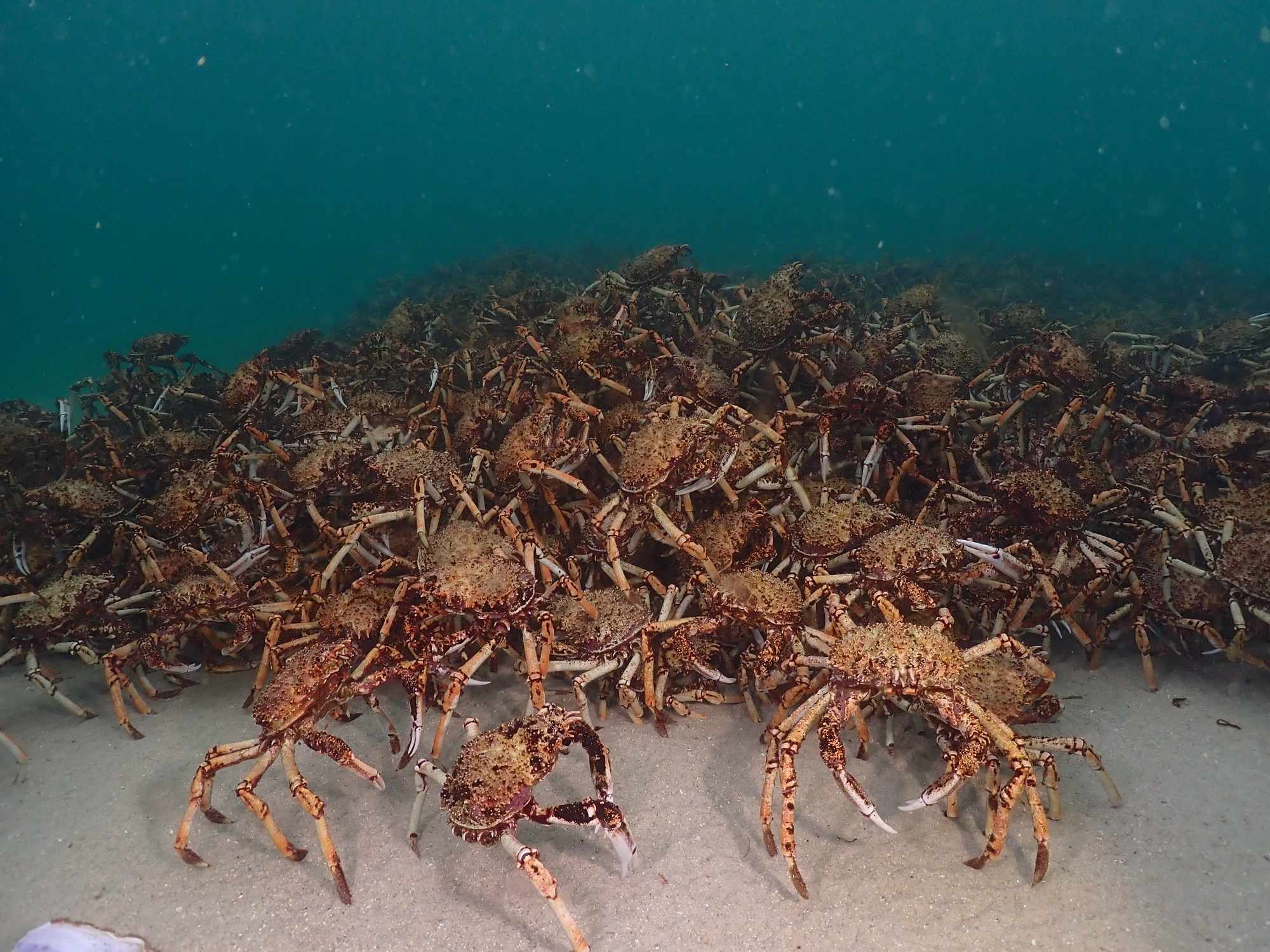What’s wild in winter
Explore the marine life who are turning the heat on during winter.
At the salty tribe we love learning and sharing info about the marine life we often share the water with. While many of us are opting to stay dry and in rest and digest mode, this post is dedicated to all about the marine life who are turning the heat up during winter.
🐋Humpback Whales embark on epic migrations (one of the longest mammal migrations) north to their subtropical breeding grounds off the Queensland coast.
🦀 Spider crabs congregate in the hundreds or thousands in Port Phillip Bay to get undressed together in safety in numbers (while shedding their shells).
🐙Cuttlefish mate on mass in South Australia's Whyalla in a spectacle that leaves nothing to the imagination.
Australian Giant Cuttlefish
Imagine seeing thousands of up to 5kg flashing aliens with their tentacle arms, swimming towards you..
Except your not in a movie..
This is what it's like to swim with the Giant Cuttlefish Aggregation, one of nature's great natural events just below the surface, off the coast of Whyalla, South Australia.
Every winter thousands of Giant Cuttlefish (aka sea chameleons) gather for this epic mating event to to their bit for the sustainability of their species. Not all of its PC either!
Some interesting ways of life of the cuttle life:
🐙cuttles can flash like a disco ball and imitate a rocky as signals to warn predators off
🐙cuttlefish and other cephalopods use polarised light, which humans are unable to see, to communicate with each other and to distinguish objects under the water
🐙you'd never guess how they mate... the male slips his sperm package into the females mouth to fertilise her eggs (I know right!)
🐙males can even disguise themselves as a female, confusing the males around them competing for the same female
🐙you know that white cuttle bone you find on the beaches you may have given to your childhood budgie? Yep, that’s from the inside of these guys! It helps them to maintain buoyancy.
While you’ll definitely need a 7mm wetsuit to see them in southern Australia during winter, they are a marine spectacle well worth the snorkel!
Australian Giant Spider Crabs
Credit: Ivan Lee




